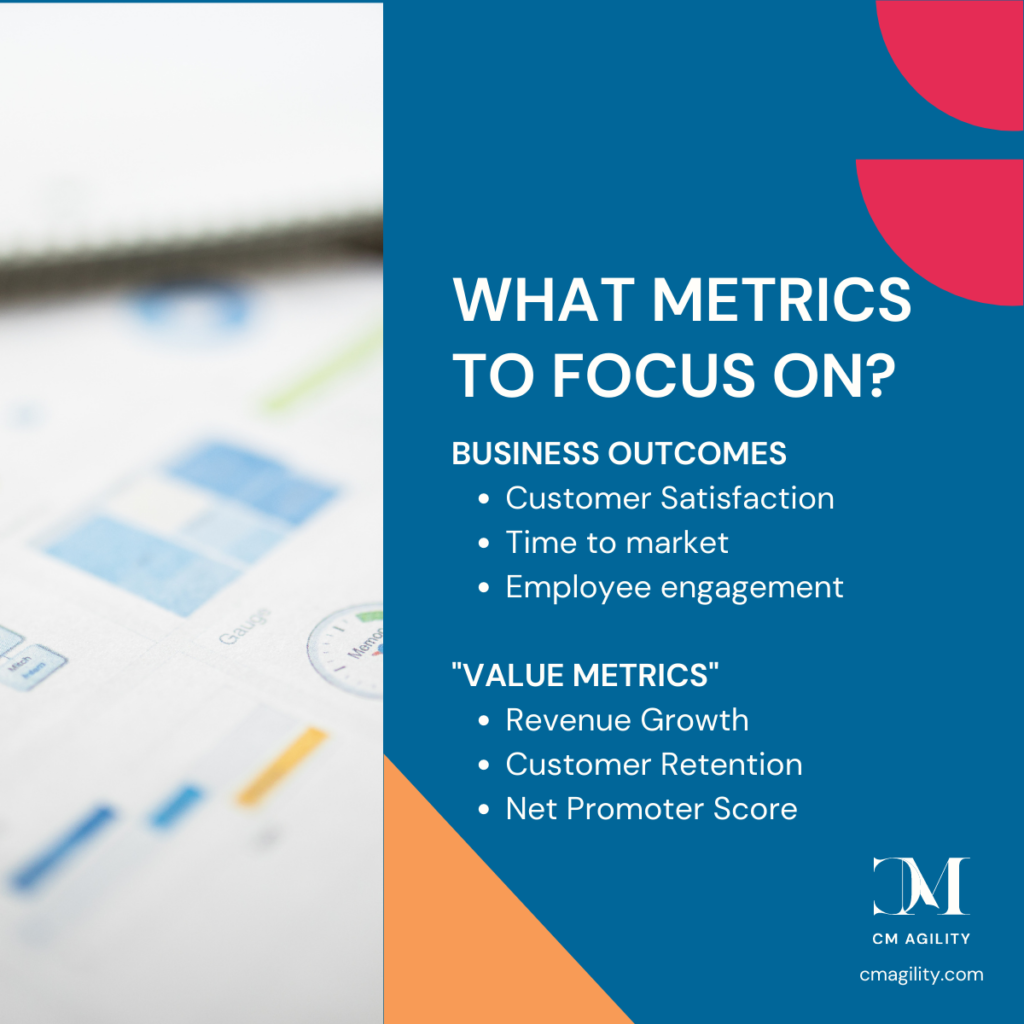
Beyond Release Count: Measuring Agile Transformation Progress with Business Outcomes
Did you know that only 25% of organizations that adopt Agile are successful in their transformation? One of the biggest challenges in Agile transformation is selecting the right metrics to measure progress and success.
Metrics and KPIs are critical for identifying areas for improvement and those that are performing well. However, these metrics are only useful if they are tailored to the specific context of the organization.
For example, the number of releases may be a useful KPI for an organization that is new to Agile and implementing a CI/CD pipeline. However, for a mature organization running DevOps, this metric could be misleading if not accompanied by other data points, such as customer feedback and business outcomes.
So, what metrics can we safely focus on? According to a Gartner study, successful Agile organizations tend to focus on metrics that reflect their business outcomes, such as customer satisfaction, time to market, and employee engagement. A Harvard Business Review study found that Agile organizations tend to measure progress against “value metrics,” such as revenue growth, customer retention, or net promoter score.
Measuring success in Agile transformation requires a continuous process of evaluating and evolving metrics that are tailored to the specific context of the organization.
At CM Agility, our data-driven approach helps us assess your Agile Transformation maturity and identify areas for improvement. Contact us today to learn more about how we can help you identify the right metrics for your Agile transformation!
#AgileTransformation #DataDrivenMetrics #ContinuousImprovement #AgileMaturity #agile #success #data
References: Gartner study: “Agile Metrics That Matter” by Mike Gilpin and Thomas Murphy| Harvard Business Review study: “Embracing Agile” by Darrell K. Rigby, Jeff Sutherland, and Hirotaka Takeuchi”